Blade Runner, the Ridley Scott influential sci-fi classic, is turning forty in 2022. Originally released in 1982, and re-released a number of times following this, Blade Runner has become one of the all-time seminal sci-fi classics, and one of the most critically acclaimed movies of all-time.
While many film aficionados will no doubt have seen Blade Runner in some form, the journey of the film into its final form has been one of the most publicized and well-documented of any director/studio clash. Forty years on from its original release, audiences still return in their droves to Ridley Scott’s rain-soaked dystopian sci-fi landscape in search of more mysteries and clues as to the film’s true message.
Blade Runner Is Based On The Philip K. Dick Novel “Do Androids Dream Of Electric Sheep?”
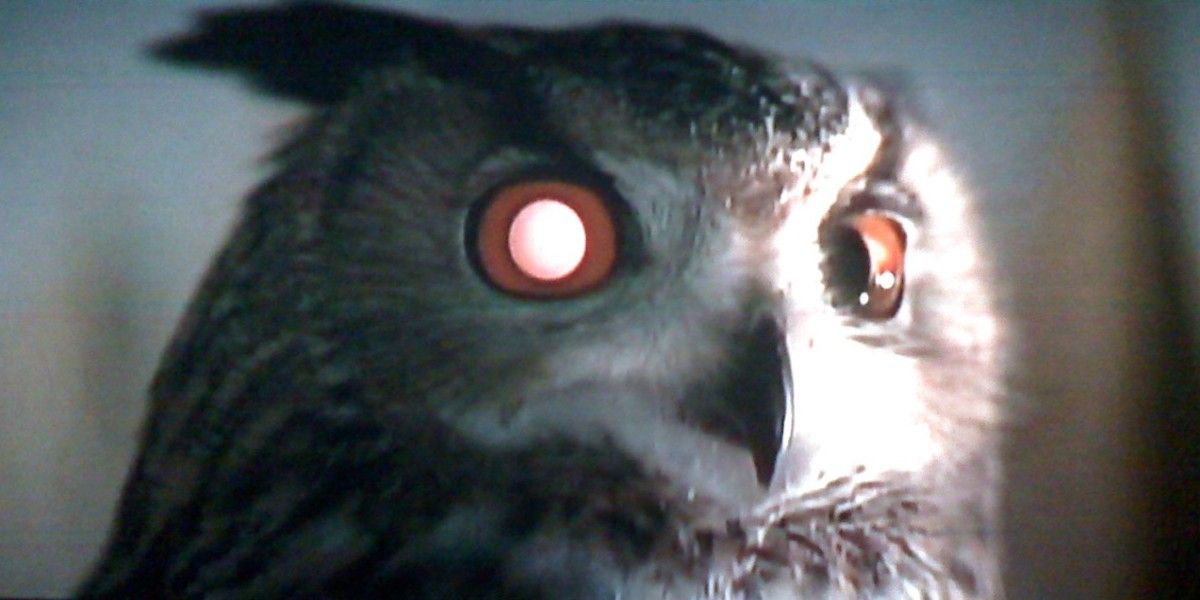
Blade Runner is, without a doubt, one of the most cinematic movies ever made. Even forty years on from its release, Blade Runner continues to inspire sci-fi movies and TV shows like Westworld and Altered Carbon. However, many viewers are unaware that the movie is actually based on a novel by American sci-fi author Philip K Dick Do Androids Dream of Electric Sheep?
There are a number of differences between the novel and the film, such as Deckard’s wife, the obsession with animals, and the empathy box used by Deckard. The film strips away much of the novel, focusing on the detective aspect of it instead. Another major difference between the film and the novel is the word Replicant. In the novel, the word Replicant doesn’t appear at all; instead the word android or “andies” is used to describe the synthetic beings that Deckard hunts.
Ridley Scott Did Not Read The Novel Before Making The Movie
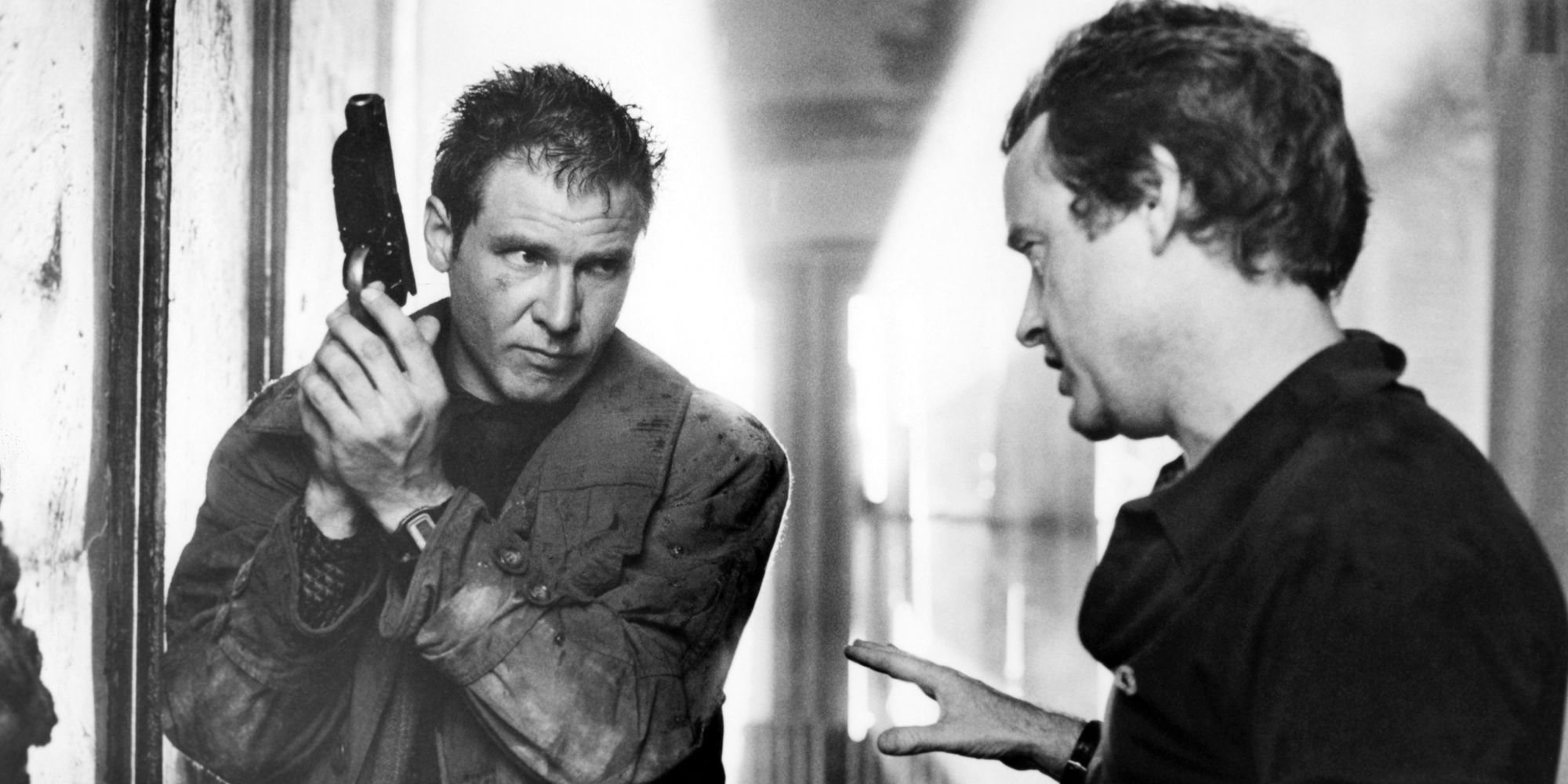
Usually when it comes to a piece of literature making the transition from the printed page to the big screen, it’s due to a deep admiration from a director or filmmaker. When it came to Ridley Scott and Blade Runner, that was certainly not the case, as the director never even finished the book.
In an interview (via Wired), Scott admitted that he hadn’t actually read the novel before making the movie. Scott stated that he said this to Philip K. Dick: “I actually couldn’t get into it…[before adding] You know you’re so dense, mate, by page 32, there’s about 17 storylines.”
Many Different Versions Of The Movie Exist
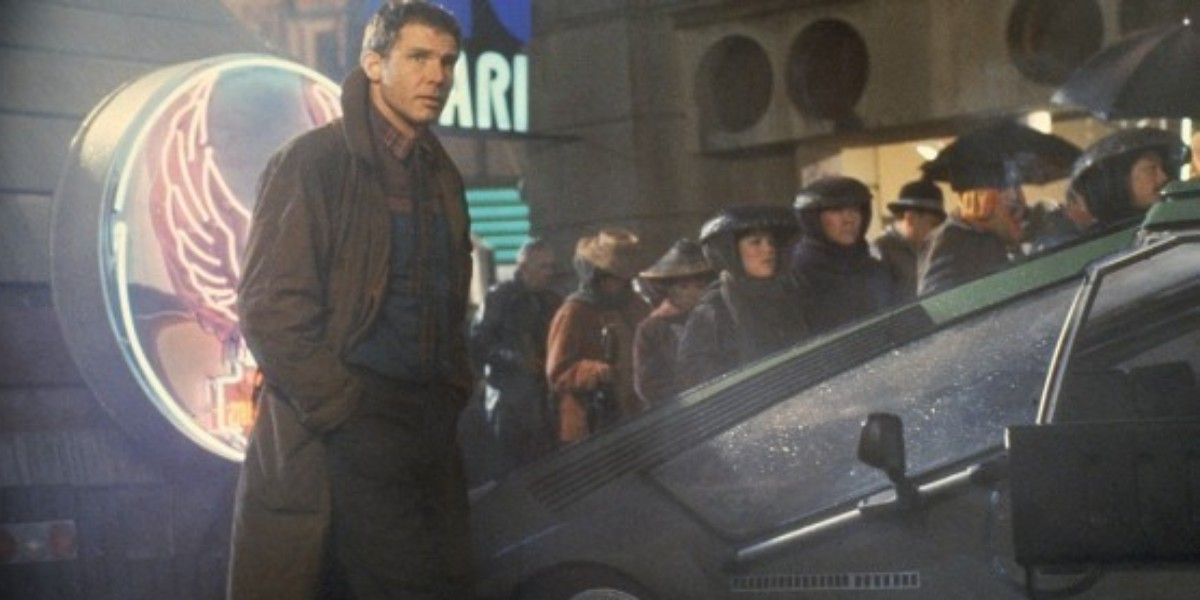
Something that has made Blade Runner infamous in the history of cinema is the complicated backstory regarding all the different versions of the film that exist. There are a number of different versions of the movie that have been released throughout the film’s forty-year history, but there are four main versions of the film that culminated in the final definitive version of the movie that was released in 2007 as Blade Runner The Final Cut.
The first version (released in 1982) was heavily edited by the studio, with a number of different elements hated by some executive producers, most infamously the Harrison Ford voiceover and the happy ending (via The Verge). The second version is known as the workprint version. This early version of the movie, with incomplete visual and audio effects, was accidentally shown to audiences at a LA screening of the movie in 1990 (As revealed in On the Edge of Blade Runner, available on Youtube). Positive reception to the workprint version of the movie led to the Director’s Cut, released in 1992, the first version of the movie in which Ridley Scott had final say. The final, and definitive, version of the movie was then released in 2007, entitled The Final Cut.
Test Audiences Did Not Like The Movie At All
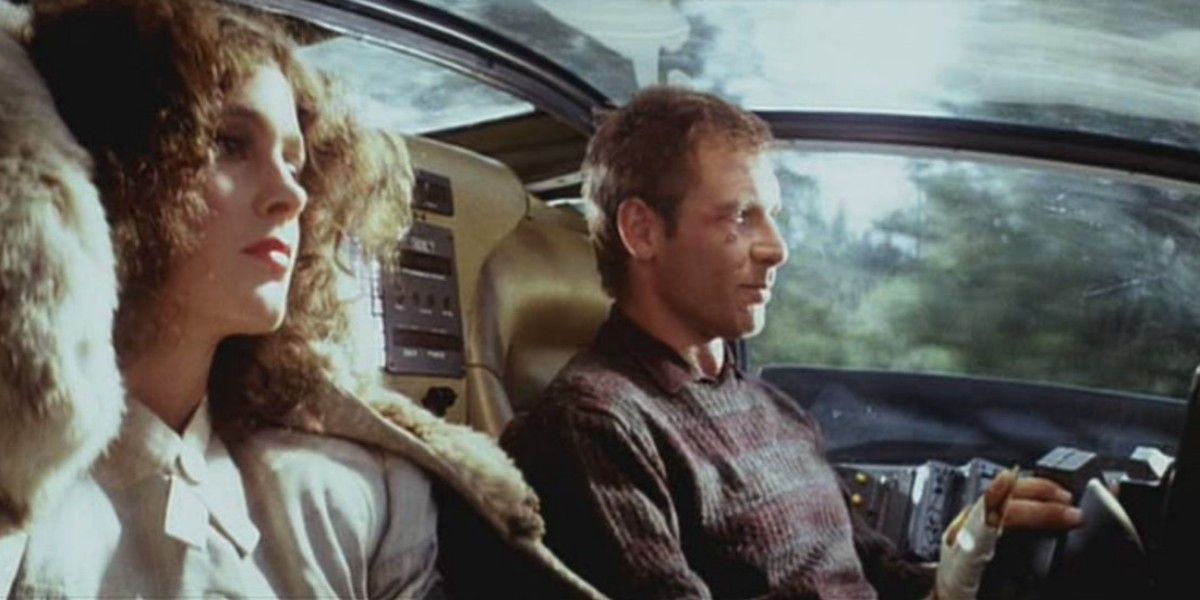
While Blade Runner is widely considered to be a cinematic masterpiece today, the original test audiences that viewed the workprint version of the movie during production were not impressed. As revealed in the documentary On the Edge of Blade Runner, test audiences did not respond well to the movie, saying that it was too difficult to understand.
These early test screenings had a huge effect on the production as Ridley Scott was forced to compromise his version of the movie. The biggest changes that were made following those test screenings were the addition of the Harrison Ford voiceover and the happy ending of Deckard and Rachel driving off into the sunset. Both of these would ultimately be removed from later versions of the movie.
Harrison Ford Hated Doing The Voiceover
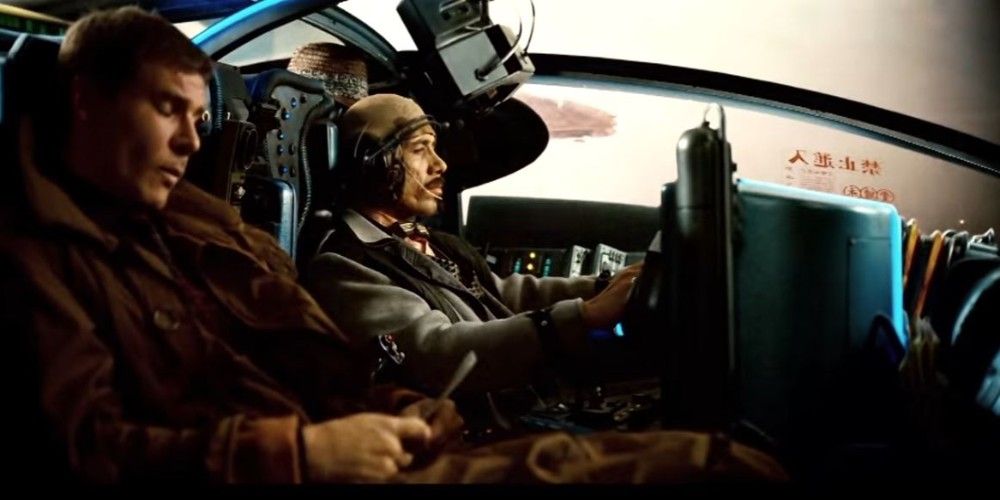
One of the most infamously maligned parts of the theatrical cut of Blade Runner is Harrison Ford’s notoriously bad voiceover. The voiceover was added after test screenings to make the movie more comprehensible. Many rumors about the voiceover have persisted over the years, the most vocal of which is that Harrison Ford hated the voiceover so much that he deliberately did it badly.
In the documentary On the Edge of Blade Runner, this fact was confirmed by Blade Runner Production Executive Katherine Haber, who stated that she watched Harrison Ford record the infamous voiceover. Haber stated that Ford deliberately gave a stilted performance in the hopes that the producers wouldn’t use it.
The Unicorn Reverie Sequence Wasn’t In The Theatrical Version Of The Movie
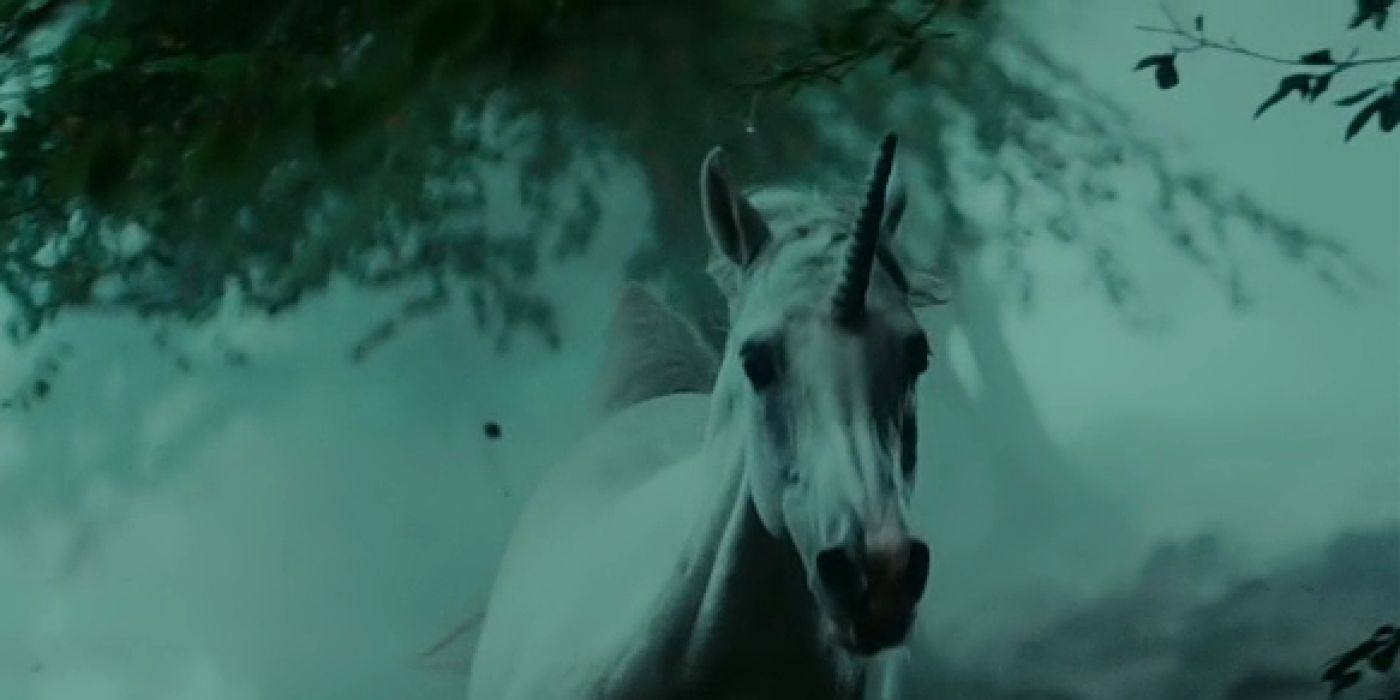
One of the most significant symbols in Blade Runner, and key to understanding the movie, is the unicorn. In the Final Cut of the movie, Deckard falls into a waking reverie where he sees a unicorn running through a wooded area. Later in the movie, Deckard returns to his apartment to pick up Rachel and finds an origami unicorn left by Gaff, strongly implying that Gaff knows Deckard’s memories are implanted. In the theatrical version of the movie, that reverie scene is absent, while the final origami scene remains, making it a rather strange, and pointless, inclusion.
Another oddity regarding the unicorn sequence absent from the theatrical cut is that, after it was reinserted back into the film, many people thought it was an outtake from Ridley Scott’s Blade Runner follow-up movie Legend. This rumor was dispelled by Paul M. Sammon, in the documentary Blade Runner: All Our Variant Futures, From Workprint To Final Cut.
Footage From Stanley Kubrick’s The Shining Appeared In The Theatrical Cut
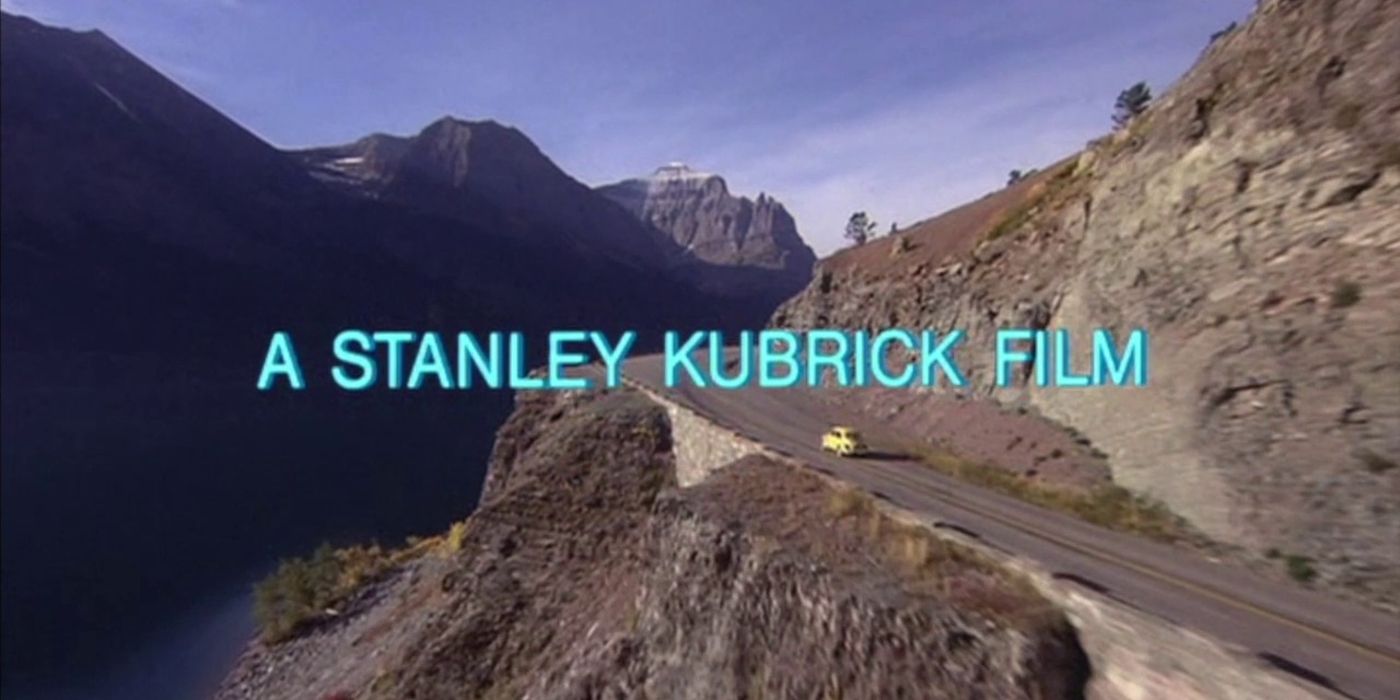
The theatrical cut of Blade Runner featured a tacked-on happy ending, where Deckard and Rachel drive off into the sunset. When constructing this alternative ending, the production used outtakes from Stanley Kubrick’s iconic opening of The Shining.
As revealed in On the Edge of Blade Runner, the production was given large amounts of unused footage from The Shining to compose the infamous ending. Kubrick’s one condition for giving over footage from The Shining was that not a single frame from his movie would appear in Blade Runner.
Rudger Hauer Edited The Iconic Tears In Rain Speech
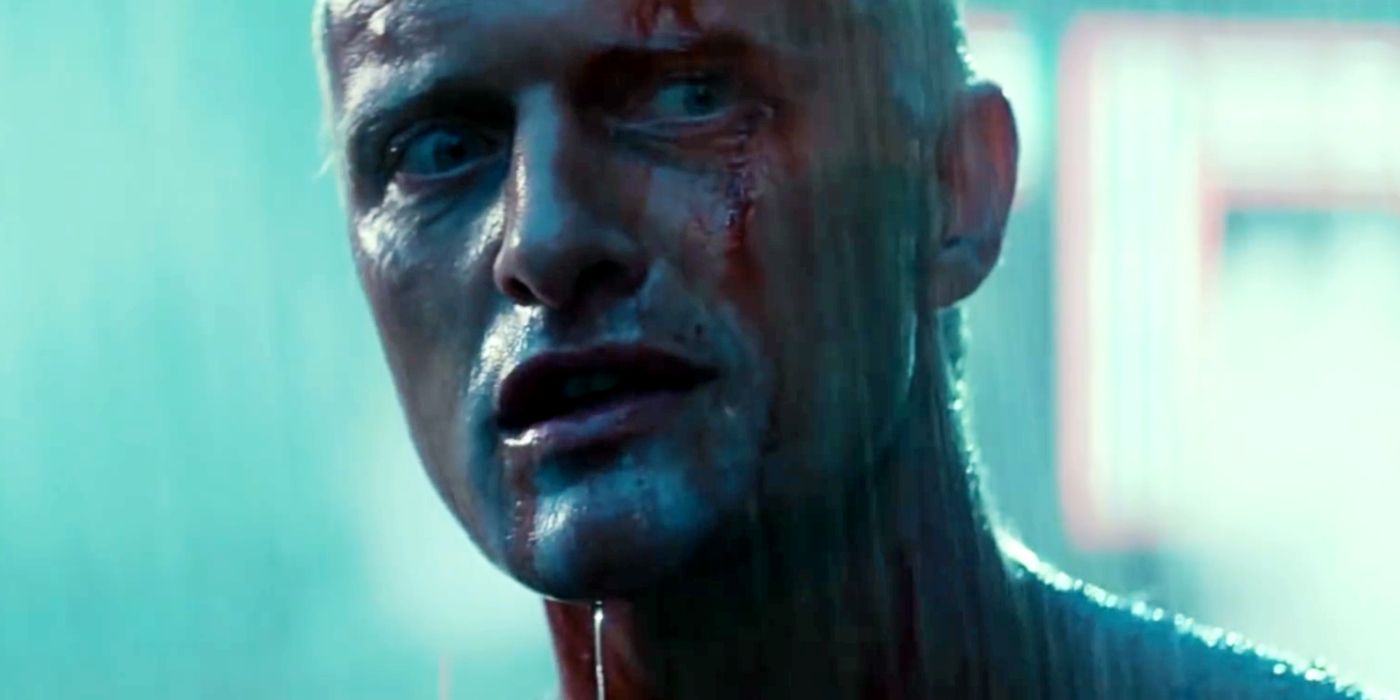
One of the most iconic quotes of Blade Runner is Roy Batty’s legendary “Tears In Rain” monologue at the end of the movie. While the monologue is incredibly moving and poignant, despite its brief forty-two-word composition, in the original script, the monologue was quite different.
As revealed by Ridley Scott in On the Edge of Blade Runner, Rutger Hauer came to him with an altered version of the monologue as it appeared in the original script (which can be viewed here). While both versions of the monologue are moving, it was Hauer that added in the most memorable part of the speech, by adding “tears in rain” to the end of the monologue.
Ridley Scott Didn’t Confirm The Truth About Deckard Until 2000
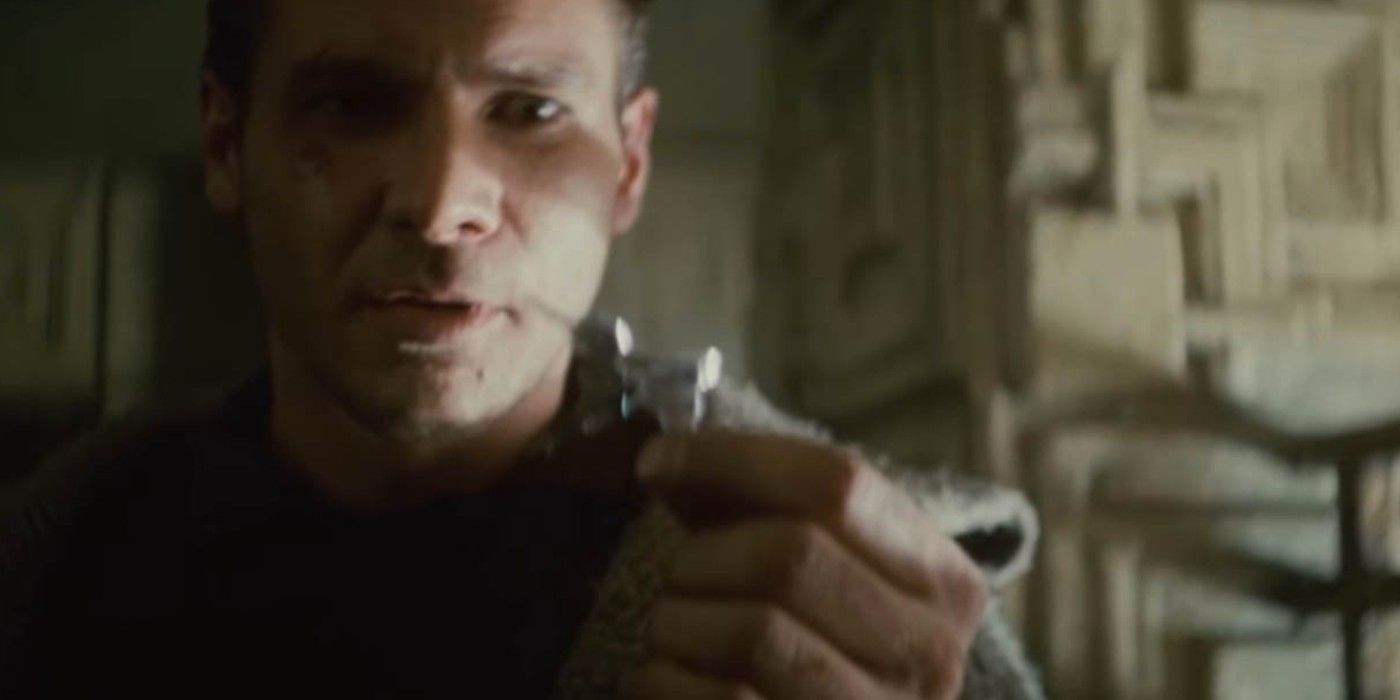
Most fans of Blade Runner today will no doubt be aware of the Deckard Replicant vs. Human debate at the center of the movie, and Ridley Scott’s definitive answer on the issue. However, Scott’s confirmation of the long-held belief that Deckard is indeed a Replicant was only confirmed by the director in 2000, 18 years after the film was originally released.
In a 2000 documentary On the Edge of Blade Runner, produced by Channel 4 in the UK, and presented by British film critic Mark Kermode, Scott confirmed, for the first time on camera, what had long been debated about the film, that Deckard is indeed a Replicant and the unicorn reverie in conjunction with the origami at the end of the movie confirms this.
The Idea That Deckard Is A Replicant Came From A Misunderstanding Between The Two Screenwriters
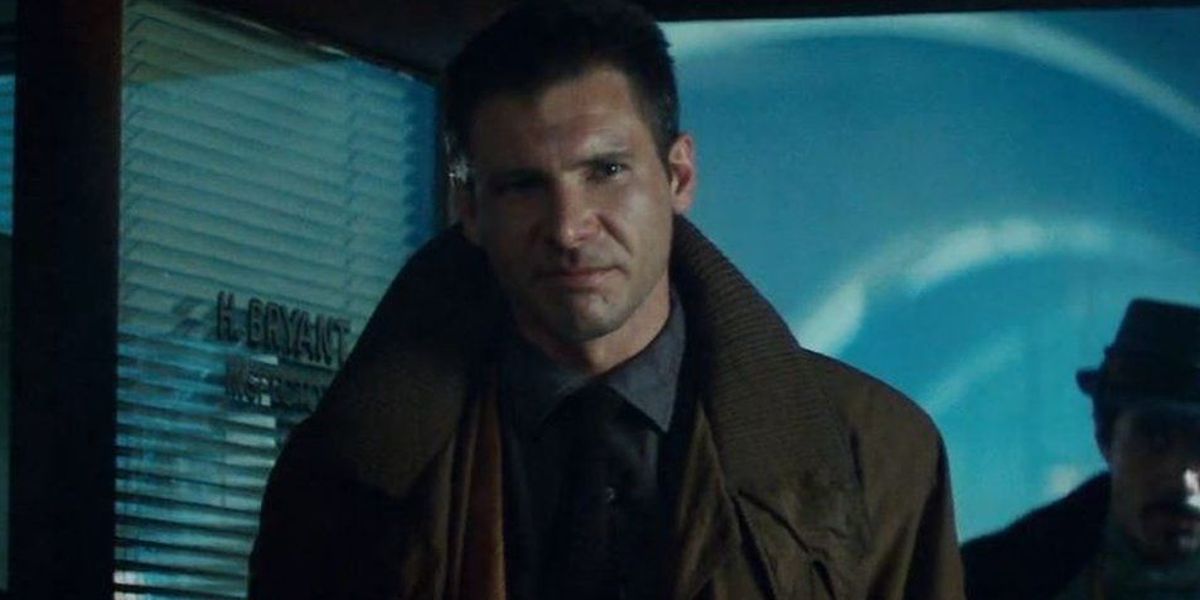
The idea surrounding the true nature of Deckard, whether or not he’s a Replicant, is central is fully understanding Blade Runner. While Ridley Scott has confirmed on multiple occasions that Deckard is indeed a Replicant, that idea did not come from him. In fact, neither Scott, nor the two screenwriters, David Peoples and Hampton Fancher, claim credit with the origin of the idea.
David Peoples and Hampton Fancher worked on the Blade Runner script separately, and the idea that Deckard is a Replicant came from a misunderstanding that Peoples had regarding a line of dialogue written by Fancher in which Deckard, thinking about Rachel’s relationship with her makers, wonders “what about him that made me.” While the line was originally written as Deckard referring to God, Peoples interpreted the line as implying that Deckard was also a Replicant. This misunderstanding was discovered by Mark Kermode while making his 2000 documentary On the Edge of Blade Runner (the full story is outlined by the film critic here).




